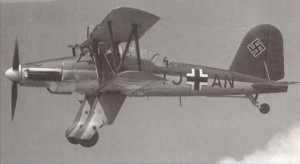 The Fieseler Fi-167 was a two seat single engine biplane designed for use on the Graf Zeppelin aircraft carrier as a torpedo bomber and reconnaissance aircraft.
The Fieseler Fi-167 was a two seat single engine biplane designed for use on the Graf Zeppelin aircraft carrier as a torpedo bomber and reconnaissance aircraft.
It was the winner of a design competition between Fieseler and Arado. Like the famous Storch, the Fi-167 had amazing slow speed capabilities and was able to land almost vertical on a moving aircraft carrier.
Two prototypes were built, and 12 pre-production aircraft. There were very few modifications between the two. The aircraft exceeded all requirements by far, and had excellent handling capabilities and could carry about twice the required weapons payload.
When the construction of Graf Zeppelin was stopped in 1940, the aircraft production was halted, and the 12 aircraft in existence were entering service in Test Group 167 (“Erprobungsgruppe 167″).
After the Stuka took over as the major dive bomber, nine of the Fi-167s were sent to Holland at a naval squadron, until 1943 when they were sold to Romania. The 3 remaining aircraft were used at the German Aircraft Experimantal Institute (Deutsche Vesuchsanstalt fur Luftfahrt”). None exists today.
The specifications:
Length: 11.40 m (37 ft 4 in)
Wingspan: 13.50 m (44 ft 3 in)
Height: 4.80 m (15 ft 9 in)
Powerplant: 1? Daimler-Benz DB 601B
Maximum speed: 325 km/h (176 knots, 202 mph)
Cruise speed: 250 km/h (135 knots, 155 mph)
Range: 1,300 km (703 nmi, 808 mi)
Service ceiling: 8,200 m (26,900 ft)
Guns: 1 7.92 mm MG 17 machine guns, 1 MG-15 machine gun in rear cabin.
Bombs:
1 x 1000 kg (2,200 lb) bomb or
1 x 765 kg (1,685 lb) torpedo or
1 x 500 kg (1,100 lb) bomb plus 4 x 50 kg (110 lb) bombs





 03/06/2011
03/06/2011
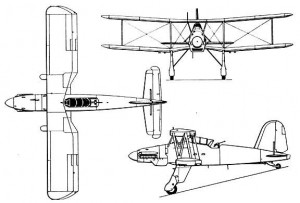
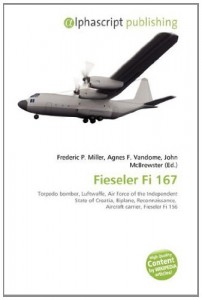
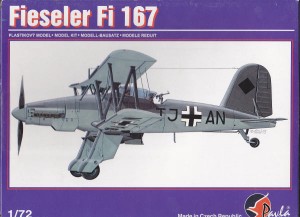
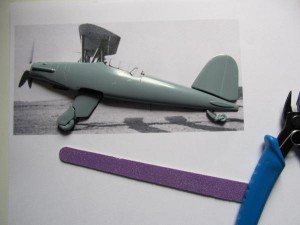
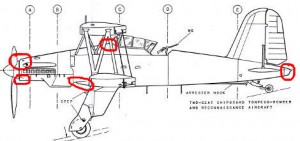
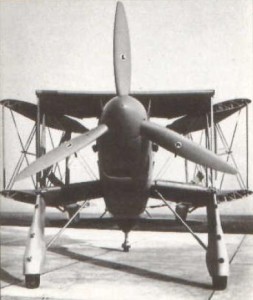
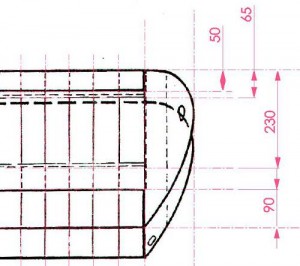
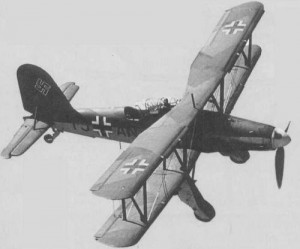
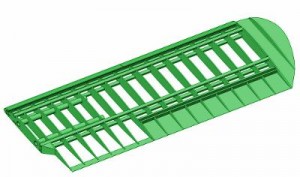
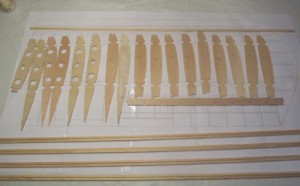
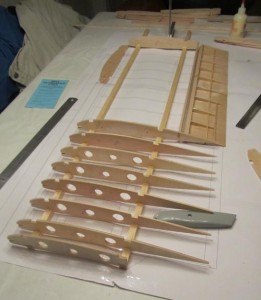
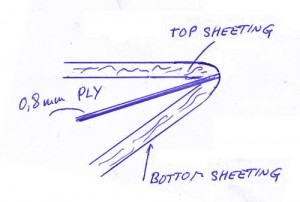
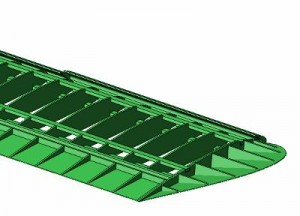
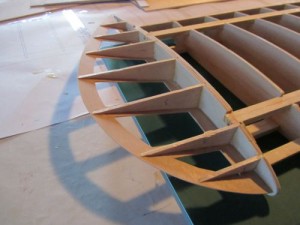
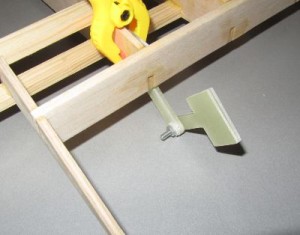
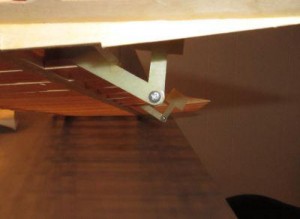
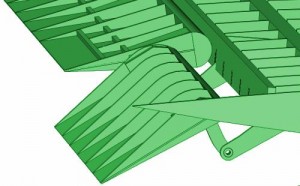
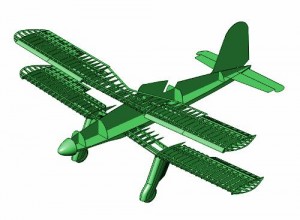
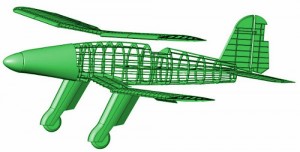
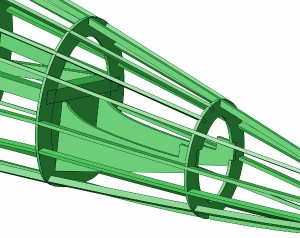
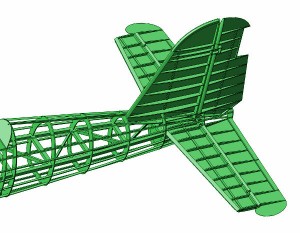
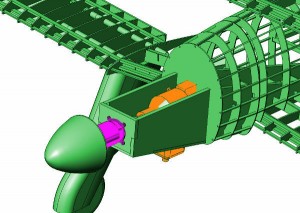
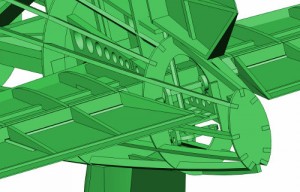
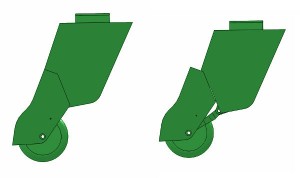
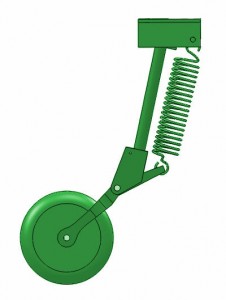
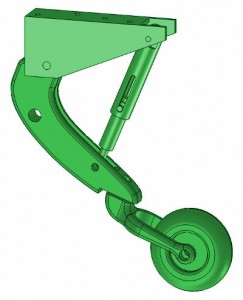

I would like to try to produce the fi 167 I do mean the full size aircraft not a model or a childs toy yes I well aware that it will take a great deal of money but in the near future I will able to afford it I have an invention that will make this happen but I know without exact plans my idea will not fly no this is not a joke it can happen but I do need extensive help plans and pitorials and then I will have to find an original power plant it can be done !!
I just wanted to say i appreciate your work.
Congratulations!
Thank you. I just wish I had more time to work on it.
Hi! I have read your detailed reports and commmend you for your good work! Are there any pix of the finished plane,and perhaps your impressions,experiences regarding flying the model? I am also glad you used the swedish illustrators drawings,since I had some of his on my walls when I was a young boy.
Kind regards,
Mikke Vendel
Karlstad,Sweden
Jesper,
Its been too long! In the mean time I have retired as has my building partner in our team
scale projects. He moved to Kentucky where after buying the top of a mountain to erect a
retirement home…he’s almost got the barn (code for shop) erected. His log cabin will be
another 6 to 8 weeks of erection and finish out…deep winter in Kentucky.
How much more of the 167 CAD is complete? I am most anxious to mill and cut the parts for
this. What did the final w/s end up being after adjusting the CAD along the development?
Looking forward to hearing from you. Earlier today I made new inquiries to find the large
Fred Spring technical drawings. Were you fortunate to have located a set?
Ed Clayman
FliteMetal.com
ScaleAero@gmail.com
Jester
Have you given up on the CAD Fi-167? Would have been nice to have
received a reply to my post above. Since posting it I have made an
additional effort relative to acquiring Fred Spring’s Fi-167 tech
drawings. Bob Holman here in the States has the drawings except of
course the Fi-167.
Looking forward to hearing from you at ScaleAero@gmail.com
A very interesting aircraft and indeed a very challenging project, my respect! Will you ever publish a comprehensive report on this model?
Has any further development of the Fi-167 occurred? I am interested in CAD files of what has been developed to CNC cut parts and print components.
Great work and tech Solutions on this plane! There is not much to find about the plane and the Details. Especially the Flaps and slats. Is it possible to get some Infos and files?
Please don’t give up this Project as it is a very rare and interesting one.